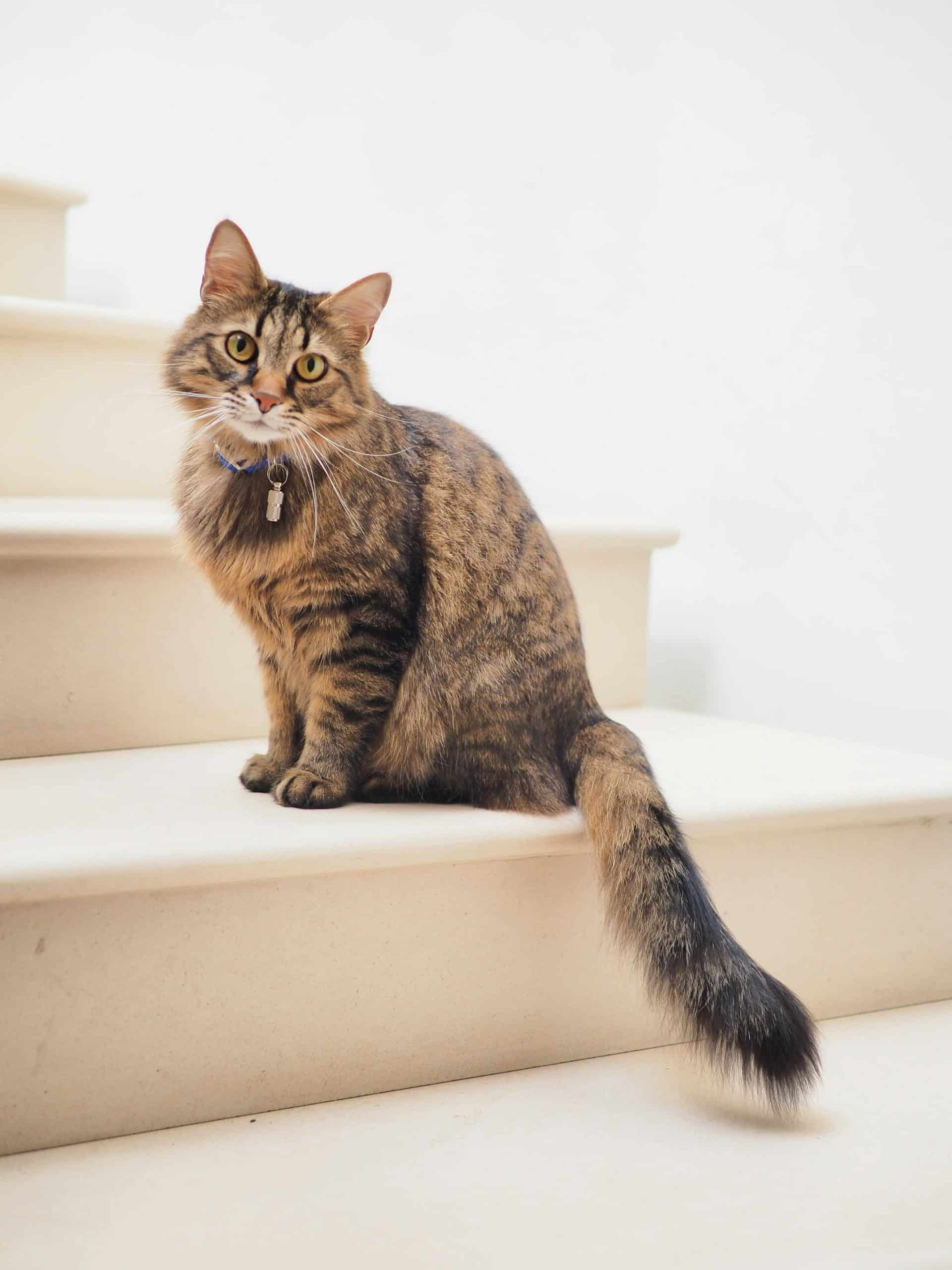What’s the Best Way to Manage a Multi-Cat Household to Reduce Stress and Conflict?

When faced with the challenge of managing multiple cats in one household, it’s crucial to be aware of potential sources of stress and conflict and find effective ways to mitigate them. With a multi-cat household, there’s an increased potential for issues such as territorial disputes, resource competition, and social tension. This article will guide you through the best practices for maintaining harmony in a multi-cat home to ensure a peaceful and stress-free environment for your feline friends.
Understanding Feline Social Behavior
Cats, unlike their canine counterparts, are solitary hunters and have developed social behaviors that are different from most other companion animals. Understanding these behaviors can provide the basis for conflict resolution and stress reduction strategies.
A lire en complément : How to Choose the Right Harness for a Brachycephalic Dog Breed Like a Pug?
While cats can form social groups, they are also territorial and may display aggression to guard resources such as food, water, and litter boxes. In a multi-cat household, this can create tension and lead to conflict. Understanding their social behavior is the first step in managing your multi-cat home effectively.
Cats also have a unique way of communicating, using visual, auditory, olfactory, and tactile signals. Paying attention to these signals will help you understand what might be causing stress or conflict among your cats.
A voir aussi : What Are the Optimal Aquarium Conditions for Breeding Neon Tetras?
Creating a Stress-Free Environment
The environment in which your cats live can have a significant impact on their stress levels and overall behavior. A well-designed environment will cater to the needs of your cats and reduce the potential for conflict.
Cats need their own space. Providing separate areas for each cat can help reduce territorial disputes. This can be achieved by creating vertical spaces using cat towers, shelves, or furniture, which can help your cats feel more secure and less stressed.
Another significant stressor for cats is a change in their environment or routine. Cats are creatures of habit, and sudden changes can cause stress. Therefore, try to maintain a consistent routine as much as possible.
Managing Resources Effectively
In a multi-cat household, competition for resources such as food, water, and litter boxes can cause tension and conflict. It’s crucial to manage these resources effectively to maintain harmony.
Providing multiple resources in various locations around the house can reduce resource-based conflict. Each cat in the household should have its own food and water bowls and at least one litter box. The rule of thumb is one litter box per cat, plus one extra.
Integrating Play and Social Interaction
Play is an essential part of a cat’s life, and it serves multiple purposes. It’s not only a form of exercise to keep your cats healthy but also a way for them to express their natural hunting instincts.
In a multi-cat household, play can serve as a form of social interaction. It can help reduce tension and conflict by satisfying your cats’ need for stimulation. Make sure to spend time playing with each of your cats individually and encourage group play sessions as well.
Handling Aggression and Conflict
Despite your best efforts, there may still be instances of aggression and conflict in a multi-cat household. Knowing how to manage these situations can prevent them from escalating and causing stress to your cats.
The first step in managing conflict is recognizing the signs of aggression. These can include direct stare, swishing tail, flattened ears, hissing, and swatting. If you notice these signs, it’s crucial to intervene before the situation escalates.
Remember, in a multi-cat household, understanding your cats’ individual needs and behaviors is key to maintaining a peaceful and stress-free environment. By taking the time to know your cats, creating a conducive environment, managing resources effectively, incorporating play, and handling aggression proactively, you will be successful in managing your multi-cat household.
Incorporating Scratching Posts and Toys
Equipping your multi-cat household with cat-appropriate toys, scratching posts and other feline-friendly features plays a vital role in maintaining a stress-free environment. These items serve as outlets for your cats’ natural instincts, which in turn, reduces stress and potential conflict.
Scratching posts, for instance, are not just for sharpening claws. These posts, which can be vertical or horizontal, also offer a form of exercise and help cats to mark their territory, reducing the potential conflicts arising from territorial disputes. It’s a good idea to provide multiple posts spread throughout the house.
Toys, on the other hand, are crucial in facilitating play and providing mental stimulation. A lack of stimulation can lead to boredom and increase stress levels in cats. Interactive toys that mimic prey, such as feathered strings or laser pointers, can help satisfy your cats’ hunting instincts. Remember to allocate time to play with your cats using these toys, as this not only relieves stress but also strengthens your bond with them.
Lastly, consider adding cat-friendly furniture like cat trees, cat shelves, or even specially-designed cat beds. These furniture pieces provide the much-needed personal space for your cats, a vital element in a multi-cat household. These additions will help your cats feel more comfortable and secure in their environment while reducing stress and minimizing potential conflicts.
Introducing New Cats to the Household
When introducing a new cat to your existing multi-cat household, it’s crucial to do it gradually and thoughtfully to minimize stress and conflict. It’s a process that requires patience, understanding, and careful planning.
The initial introduction should be done through scent. Exchange bedding between the new cat and the existing cats to allow them to get familiar with each other’s scent. This step will help reduce the stress of the new arrival.
Then, create brief, supervised interactions between the new cat and your existing cats. These interactions should be positive and stress-free. You can do this by feeding them on either side of a door or playing with them using toys to create a positive association.
Gradually increase the time they spend together, always monitoring their behavior for signs of stress or aggression. If you notice any negative reactions, take a step back and slow down the process.
Remember, the goal is to make the new cat feel like a part of the family without causing undue stress or conflict among the existing cats. Patience, understanding, and careful planning will be your best allies during this process.
Conclusion
Managing a multi-cat household may seem challenging, but with the right understanding of cat behavior, careful management of resources and environment, and proper socialization techniques, it is entirely feasible. Remember, the key to reducing stress and conflict is to understand and respect your cats’ unique needs and behaviors. By providing separate spaces, multiple resources, stimulating toys and scratching posts, and introducing new cats mindfully, you can create a peaceful, stress-free environment where every cat feels secure and loved. As a cat parent, your goal should always be to provide a home that caters to your cats’ natural instincts and needs, creating a harmonious multi-cat household.
